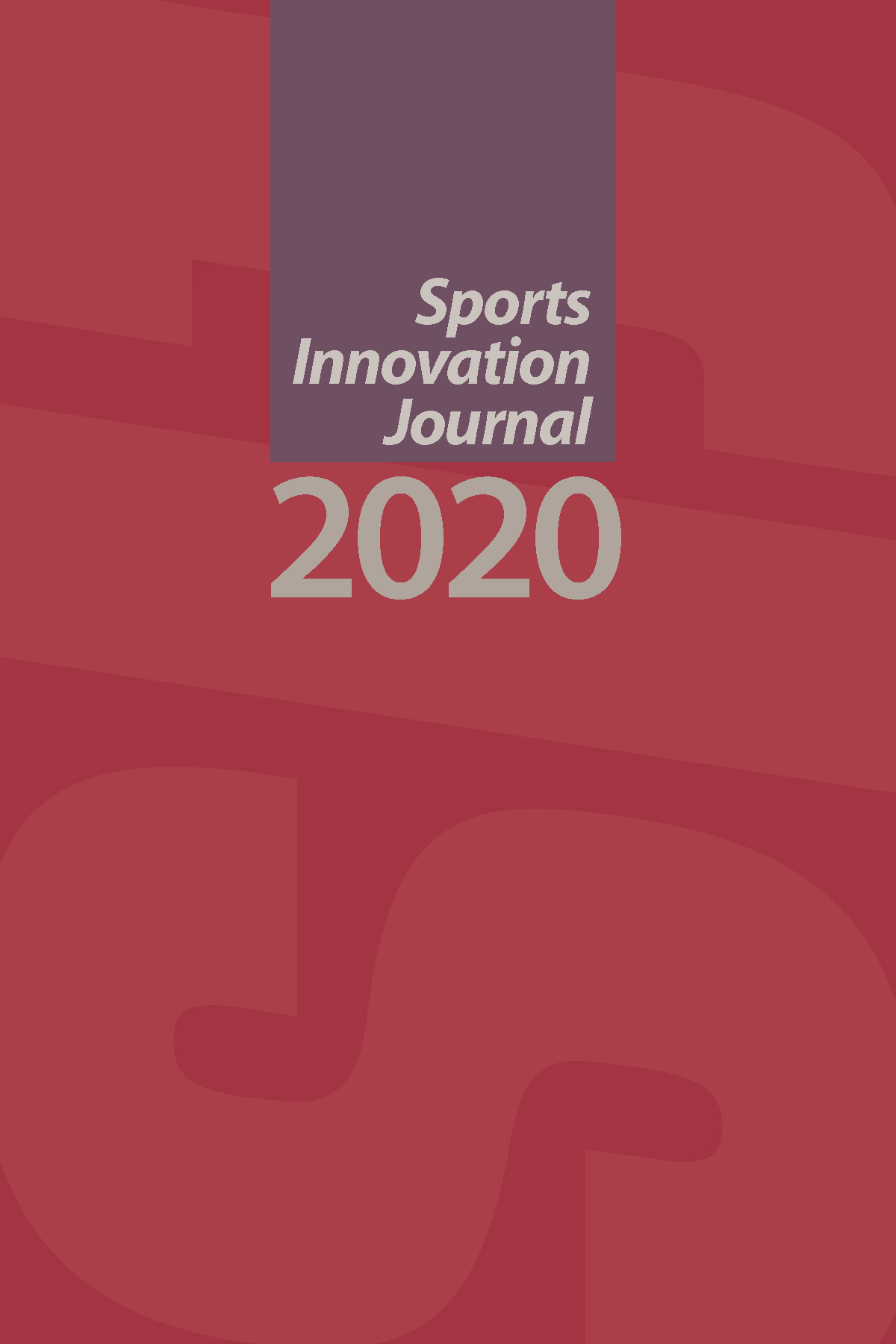Examining the Innovation Process of a Graduate Apprenticeship Program for Sport Organizations
DOI:
https://doi.org/10.18060/23944Keywords:
sport, innovation process, determinants, graduate apprenticeshipsAbstract
This case study analyzed the innovation processes that led to the adoption of a work-integrated learning program among several sport organizations. A comparative case study analysis was used to deduce the commonly shared determinants between each of the sport organizations. Notably, having an innovation champion was a key determination. As well, lack of resources regarding staffing, the involvement of the managers with the participating higher education institution, the ease of contract design, and access to good candidates for the program were also influential in the innovation process. This study revealed, for sport organizations facing similar issues, that the graduate apprenticeship program could provide benefits. As well for sport management program, it could provide a stronger relationship with regional sport organizations. This research also extends the body of research regarding the underlying mechanisms by which sport organizations innovate generally.
References
Anderson, N., Potocnik, K., & Zhou, J. (2014). Innovation and creativity in organizations: A state-of-the-science review, prospective commentary, and guiding framework. Journal of Management, 40(5), 1297-1333. doi:10.1177/0149206314527128
Cohen, D., & Crabtree, B. (2006). Qualitative research guidelines project. Retrieved from http://www.qualres.org/HomeSemi-3629.html
Damanpour, F., & Schneider, M. (2006). Phases of the adoption of innovation in organizations: effects of environment, organization and top managers. British Journal of Management, 17(3), 215-236. doi:10.1111/j.1467-8551.2006.00498.x
Eagleman, A. N., & McNary, E. L. (2010). What are we teaching our students? A descriptive examination of the current status of undergraduate sport management curriculum in the United States. Sport Management Education Journal, 4(1), 1–17. doi:10.1123/smej.4.1.1
Fuller, J., Jawecki, G., & Muhlbacher, H. (2007). Innovation creation by online basketball communities. Journal of Business Research, 60, 60-71. doi:10.1016/j.jbusres.2006.09.019
Gerke, A. (2016). Towards a network model of innovation in sport – The case of product innovation in nautical sport clusters. Innovation: Management, Policy & Practice, 18(3), 270-288. doi:10.1080/14479338.2016.1237306
Gerke, A., Dickson, G., Desbordes, M., & Gates, S. (2017). The role of interorganizational citizenship behaviors in the innovation process. Journal of Business Research, 73, 55-64. doi:10.1016/j.jbusres.2016.12.005
Greenhalgh, G., Dwyer, B., & Biggio, B. (2014). There’s an app for that: The development of an NFL team mobile application. Journal of Applied Sport Management, 6(4), 51-73. Retrieved from https://js.sagamorepub.com/jasm/article/view/6093
Hoeber, L., & Hoeber O. (2012). Determinants of an innovation process: A case study of technological innovation in a community sport organization. Journal of Sport Management, 26, 213-223. doi:10.1123/jsm.26.3.213
Hoeber, L., Doherty, A., Hoeber, O., & Wolfe, R. (2015). The nature of innovation in community sport organizations. European Sport Management Quarterly, 15(5), 518-534. doi:10.1080/16184742.2015.1085070
Nordin, S., & Svensson, B. (2007). Innovative destination governance. The Swedish ski resort of Åre. The International Journal of Entrepreneurship and Innovation, 8, 53-66. doi:10.5367/000000007780007416
Nowell, L. S., Norris, J. M., White, D. E., & Moules N. J. (2017). Thematic analysis: Striving to meet the trustworthiness criteria. International Journal of Qualitative Methods, 16(1), 1-13. doi: 10.1177/1609406917733847
Ratten, V. (2016). Sport innovation management: Towards a research agenda. Innovation: Management, Policy & Practice, 18(3), 238–250. doi:10.1080/14479338.2016.1244471
Rigolizzo, M., & Amabile, T. (2015). Entrepreneurial creativity: The role of learning processes and work environment supports. In C. Shalley, M. Hitt, & J. Zhou (Eds.). The Oxford Handbook of Creativity, Innovation and Entrepreneurship (pp 61-78). New York City, NY: Oxford University Press.
Schoepfer, K. L., & Dodds, M. (2010). Internships in sport management curriculum: Should legal implications of experiential learning result in the elimination of the sport management internships? Marquette Sport Law Review, 21(1), 183-201. Retrieved from https://1-next-westlaw-com.iris.etsu.edu:3443/Document/Iaa791b273fec11e08b05fdf15589d8e8/
Seifried, C., Katz, M., & Tutka, P. (2017). A conceptual model on the process of innovation diffusion through a historical review of the United States Armed Forces and their bowl games. Sport Management Review, 20, 379-394. doi:10.1016/j.smr.2016.10.009
Taylor, T., Doherty, A., & McGraw, P. (2015). Managing people in sport organizations a strategic human resource management perspective. London, England: Routledge.
Winand, M., & Anagnostopoulos, C. (2017). Get ready to innovate! Staff’s disposition to implement service innovation in non-profit sport organisations. International Journal of Sport Policy and Politics, 9(4), 579-595. doi:10.1080/19406940.2017.1308418
Winand, M., Scheerder, J., Vos, S., & Zintz, T. (2016). Do non-profit sport organisations innovate? Types and preferences of service innovation within regional sport federations. Innovation: Management, Policy & Practice, 18(3), 289-308. doi:10.1080/14479338.2016.1235985
Wolfe, R., Wright, P., & Smart, D. (2006). Radical HRM innovation and competitive advantage: The Moneyball story. Human Resource Management, 45(1), 111-145. doi:10.1002/hrm.20100
Yin, R. K. (2003). Case study research: Design and methods (3rd ed.). Thousand Oaks, CA: Sage Publications, Inc.
Downloads
Published
Issue
Section
License
Copyright (c) 2020 Sean Flanders, Natalie L. Smith, Charles W. Jones, Amy Greene

This work is licensed under a Creative Commons Attribution 4.0 International License.
Copyright to articles published in Sport Innovation Journal is retained by the author(s).


